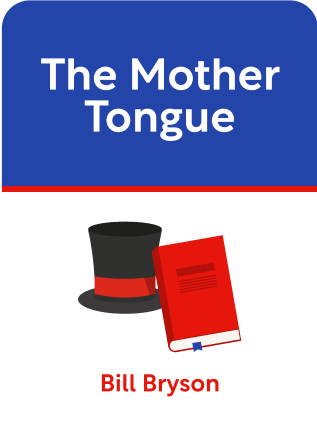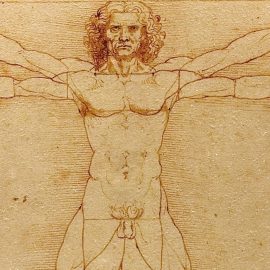

This article is an excerpt from the Shortform book guide to "The Mother Tongue" by Bill Bryson. Shortform has the world's best summaries and analyses of books you should be reading.
Like this article? Sign up for a free trial here .
What are the greatest works of English lexicography? What were each of their contributions?
English lexicography has succeeded in producing the greatest and most comprehensive dictionaries to be found in any language. Some of the most notable works of English lexicography include the 1735 Dictionary of the English Language, the Webster Dictionary, and of course, the crown jewel of all English dictionaries the Oxford English Dictionary (OED).
Keep reading to learn about the key figures of English lexicography and their contributions.
The Key Figures in the History of English Lexicography
As surprising as it may seem, the greatest works of English lexicography were produced not by committees of academics, but by eccentric oddballs who were driven by a relentless passion for words.
One of the major figures in the history of English lexicography was Samuel Johnson. Despite unusual spellings (he retained a fondness for the unnecessary Anglo-Saxon k in words like musick), some incorrect definitions, and occasionally overly inflated prose, his 1735 Dictionary of the English Language remains a masterpiece of English literature. He was the most significant figure since Shakespeare to truly capture the beauty and richness of the language.
The most comparable figure in America was Noah Webster, working in the early 19th century. Webster himself was widely regarded as unpleasant, exceedingly self-regarding, pompous, officious, and absurdly boastful (he boasted of speaking 23 languages, a claim that was almost certainly untrue). Moreover, much of his lexicographical work was derivative of (if not outright plagiarized from) the works of those who came before him.
Despite his arguably unsavory personal character, Webster’s English dictionary was the most thorough of its day, with over 70,000 words catalogued. Driven by a fierce patriotic pride in his young nation and a conviction that American English was just as worthy of exhalation as British English, Webster did contribute to some of the distinctive features and pronunciations of the language on his side of the Atlantic.
Some of his more notable innovations include the American pronunciation of aluminum, and the dropping of unnecessary l’s in words like traveler and jeweler. Unfortunately for Webster himself, he profited little from his dictionary during his lifetime. It was only after his death in 1843 that two businessmen named Charles and George Merriam purchased the rights to the book, heavily edited it, and republished it as the famous Merriam-Webster’s dictionary, after which it became a bestseller and household name.
The Oxford English Dictionary
The crown jewel of English lexicography is the Oxford English Dictionary (OED). Originally published in 1884, the OED set out not only to list and define every word used in the English language since the 12th century, but also to trace their etymologies and evolving meanings and spellings throughout history. It was an extraordinary intellectual undertaking. The man tasked with overseeing the compilation and publication of the OED was James Augustus Henry Murray. The effort by Murray and his team covered half a dozen volumes, over 6,400 pages, and took over four decades to complete.
Murray enlisted an army of amateur philologists to help him with the Herculean task, including the prolific bibliophile James Platt, who was said to have read 100 languages and claimed to read a complete book each day; and the eccentric American Dr. W.C. Minor, who made most of his contributions to the OED from within the confines of a hospital for the criminally insane, where he had been sent after committing a murder while suffering from paranoid delusions. The final volume of the OED wasn’t even published until 1928, more than a decade after Murray’s death.
With nearly half a million word entries, the OED was a staggering intellectual achievement, one of the greatest pieces of scholarship in the history of English lexicography. Nothing comparable exists in another language. The OED is as close to a complete roadmap of a language as we have. Thanks to it, and to the remarkable efforts of the individuals who created it (and still update it to this day), we know more about the history of English than we do about any other language.(Shortform note: The OED today contains over 615,000 entries. It’s updated quarterly, with new words being added every three months. In March 2020, some of the new additions included coulrophobia, man hug, and pronoid.)

———End of Preview———
Like what you just read? Read the rest of the world's best book summary and analysis of Bill Bryson's "The Mother Tongue" at Shortform .
Here's what you'll find in our full The Mother Tongue summary :
- How English became a global language
- How the invention of the printing press led to standardization of written English
- Why English dictionaries are the most comprehensive found in any language






